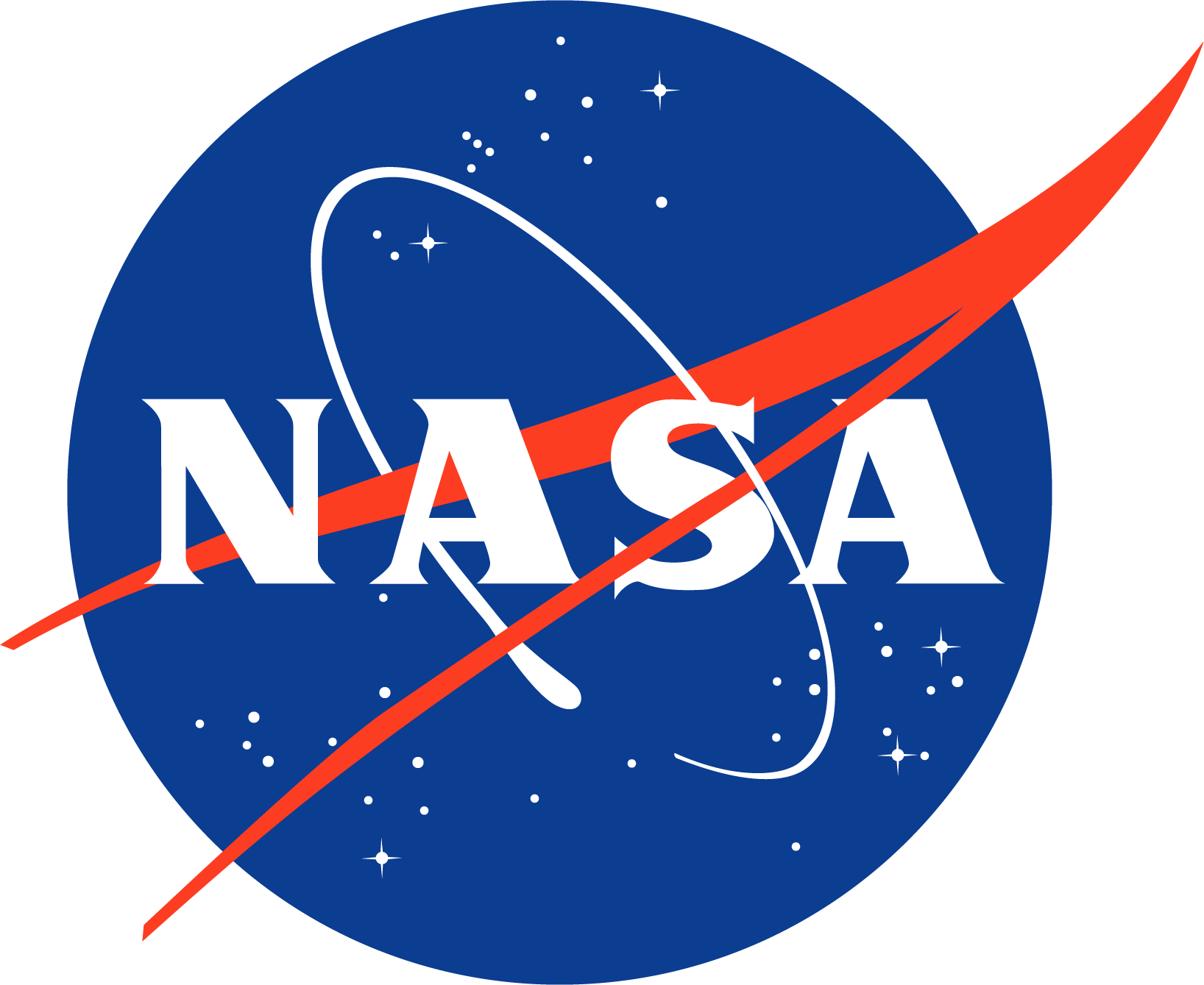Tuesday, July 30, 2024
11:00 AM - 12:00 PM
Astrophysics Seminar (Hybird)
Extended sources analysis using spectro-imagers: from algorithmic development to application
Fabio ACERO, CEA-Saclay, FSLAC
This seminar will cover several topics relevant to high-energy astrophysics: from recent progress on supernova remnant physics in the X- and gamma-ray band to a discussion about the data analysis challenges posed by the XRISM/Resolve and Athena/XIFU telescopes high-resolution spectra. On the methodology side, I will show a benchmarking of the traditional spectral fitting techniques with modern alternative methods such as Markov Chain Monte Carlo and Nested Sampling. Then new algorithms that fully exploit the 3d nature of the high-energy datasets will be presented. These new tools are the results of a joint program with signal processing collaborators bringing advanced techniques to parameter mapping of extended sources and an exciting prototype to fuse XMM-Newton data with XRISM/Resolve data to generate data cubes with high spatial and spectral resolution.
Read more about this event Fabio ACERO, CEA-Saclay, FSLAC
This seminar will cover several topics relevant to high-energy astrophysics: from recent progress on supernova remnant physics in the X- and gamma-ray band to a discussion about the data analysis challenges posed by the XRISM/Resolve and Athena/XIFU telescopes high-resolution spectra. On the methodology side, I will show a benchmarking of the traditional spectral fitting techniques with modern alternative methods such as Markov Chain Monte Carlo and Nested Sampling. Then new algorithms that fully exploit the 3d nature of the high-energy datasets will be presented. These new tools are the results of a joint program with signal processing collaborators bringing advanced techniques to parameter mapping of extended sources and an exciting prototype to fuse XMM-Newton data with XRISM/Resolve data to generate data cubes with high spatial and spectral resolution.
Thursday, August 01, 2024
02:00 PM - 03:00 PM
Special Goddard Film Festival Screening: An Ocean in Bloom
Join us for a special screening of “An Ocean in Bloom,” a documentary exploring the devastating impacts of harmful algal blooms and how the pioneering satellite technology of NASA’s Plankton, Aerosol, Cloud, ocean Ecosystem (PACE) Mission can help us understand and combat them.
Produced and directed by Emme Watkins as part of her MFA Thesis at American University’s Center for Environmental Filmmaking, this film is notable as Emme is the first emerging filmmaker to develop her thesis film during a NASA internship. Emme will introduce the 20-minute film and answer questions at the end of the presentation.
Read more about this event Produced and directed by Emme Watkins as part of her MFA Thesis at American University’s Center for Environmental Filmmaking, this film is notable as Emme is the first emerging filmmaker to develop her thesis film during a NASA internship. Emme will introduce the 20-minute film and answer questions at the end of the presentation.
Thursday, August 08, 2024
12:00 PM - 01:00 PM
SED Directors Seminar (Hybrid)
Please join us for the SED Director’s Seminar
hosted by the Astroparticle Physics Laboratory.
Read more about this event 
FEATURED STORY

Jane Rigby, an astronomer who grew up in Delaware, is the chief scientist of the world’s most powerful telescope. A prolific ...
Friday, May 03, 2024At 7:26 this morning, BurstCube was successfully deployed from the ISS. The team now awaits the opportunity to communicate w...
Thursday, April 18, 2024Congratulations to the following 660 members for receiving Agency Honor Awards! Scott Barthelmy: Exceptional Public Service...
Monday, April 01, 2024